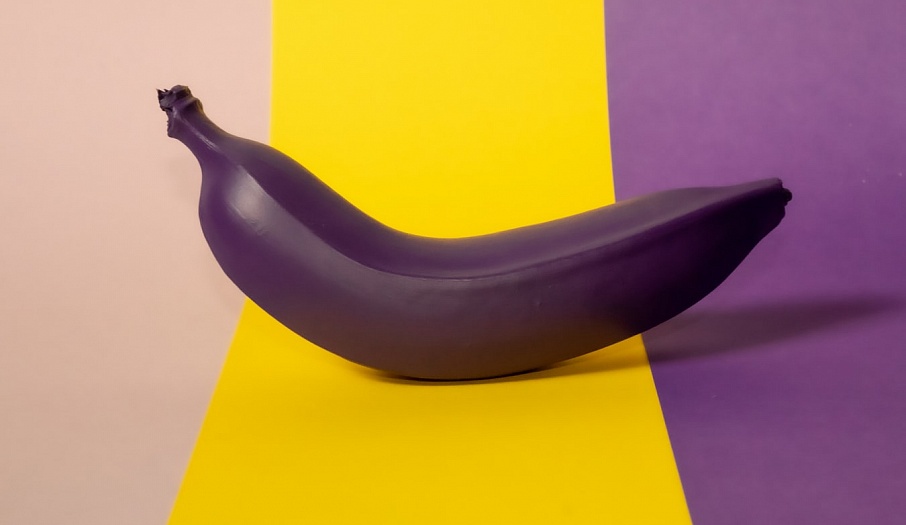Technology
Afterripening of bananas
What you need to know, when using the chambers for afterripening of bananas?
The fruit must at all times take up minimum half of the chamber volume. If there are less fruits, the internal chamber environment may be undermined.
The air circulating system must provide blow-off of each box with packed bananas to ensure maximum uniform ripening and proper quality of the product.
Air humidity must be maintained at 90-95% to ensure preservation of marketable appearance, taste and flavor of the fruit.
Temperature fluctuations should be avoided, as they may have a detrimental effect on the product quality and “health”.
Forced afterripening process takes place in aeration chambers and is stimulated by ethylene gas, which is liberated by bananas and some other fruits. Ethylene accelerates the ripening process, during which the carbohydrates, contained in the fruit flesh, are converted into sugar, chlorophyll in the skin is destroyed and yellow carotene shows up.
Wakeup and stimulation of ripening is the fundamental nature of the aeration process. You need to do the following:
1. Put bananas into cooling chambers with the temperature in the range of +13...+15 °C and let them stay there for several days, so that they smoothly adapt to new conditions.
2. Then place the fruit into controlled atmosphere (CA). In the aeration chamber the temperature is maintained in the range of +18...+20 °C and humidity at 90%. The chamber contains nitrogen and ethylene (also called “banana-gas”), but no oxygen. Bananas are stored under these conditions for 24 hours, stimulating the afterripening process .
3. Then transfer the bananas to natural ambient conditions and keep them till the required state is reached, which normally takes up to 8 days.
CA for afterripening of bananas
CA chambers consist of the following components:
sandwich panels;
ethylene generator, used to supply ethylene into the chamber;
nitrogen generator;
humidification system to maintain optimum moisture content in the chamber;
cooling systems;
ventilation system.
There are three generations of CA afterripening chambers, starting from the oldest design with manual control and ending up with the most updated and effective third generation chambers.
